It was here that witnessed the miraculous encounter of four young poets, who then formed a unique literary group in the history of Vietnamese poetry: Ban Thanh Tu Huu, including Quach Tan, Han Mac Tu, Yen Lan and Che Lan Vien. They did not establish a school, did not make binding declarations, but only came together with a soulful harmony, with the desire to convey the current situation in each word. From the nights sitting on the East Gate Tower watching the moon on the ancient citadel, they left behind not only immortal poems but also a rare friendship anecdote in the literary world.
Meet under the shadow of the ancient citadel
The eldest of the group was Quach Tan (1910 - 1992), from Truong Dinh village (now Binh An commune, Gia Lai), a master of Tang poetry, with a gentle classical style. Han Mac Tu (1912 - 1940), real name Nguyen Trong Tri, was born in Quang Binh (now Quang Tri province) but devoted his entire life to Quy Nhon. Yen Lan (1916 - 1998), real name Lam Thanh Lang, was a childhood friend of Che Lan Vien (1920 - 1989), real name Phan Ngoc Hoan.
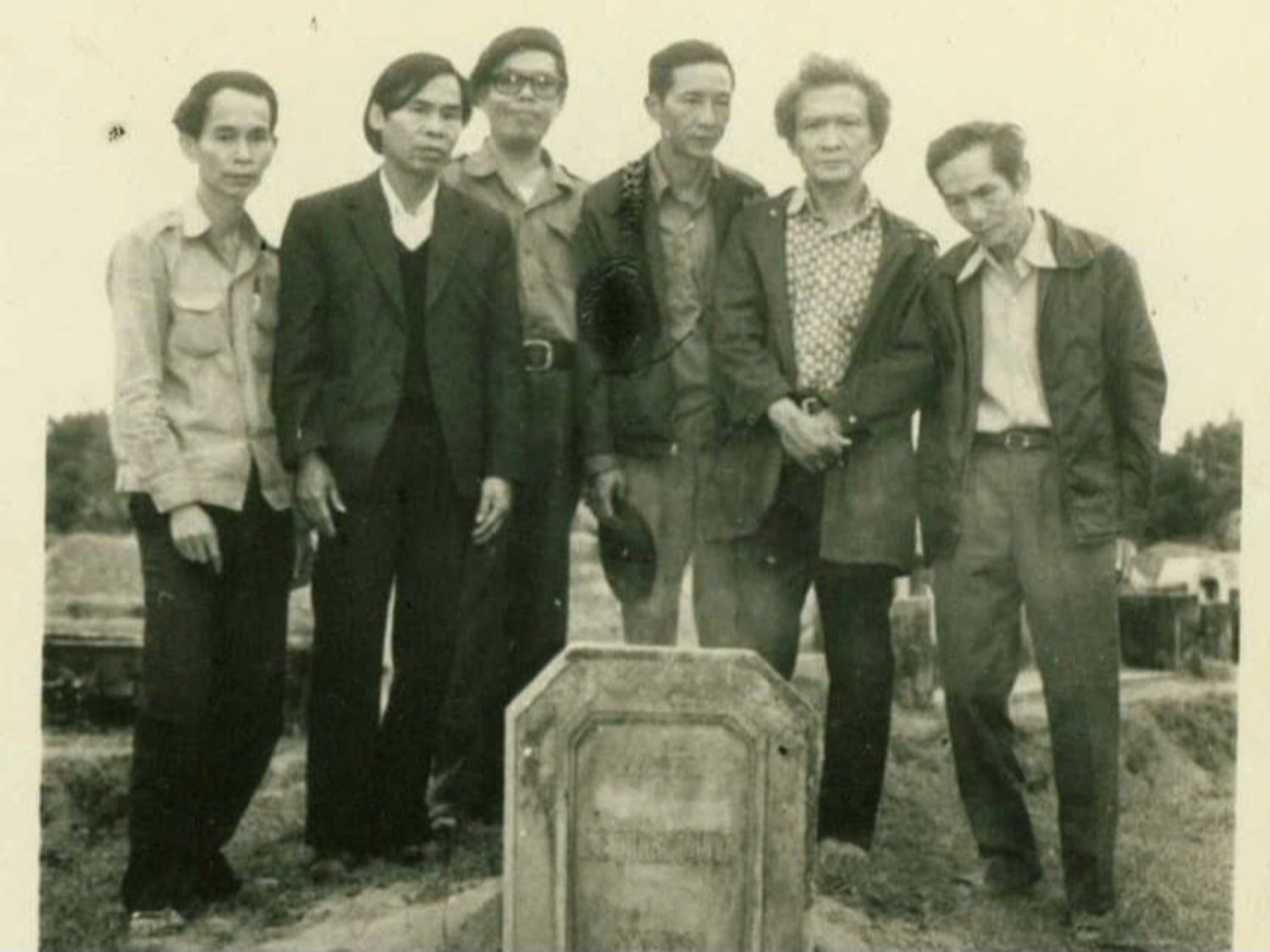
Poet Yen Lan, Che Lan Vien (from right to left) and artists visit the tomb of poet Bich Khe in Quang Ngai in 1988
PHOTO: DOCUMENTARY
In the memoir Remembering Him Forever , Mrs. Nguyen Thi Lan (wife of poet Yen Lan) recounted that Che Lan Vien's house was next to the east gate of Binh Dinh citadel (the citadel built by the Nguyen Dynasty in 1814, about 6 km southeast of the Imperial Citadel), only a few hundred steps from Yen Lan's house. As children, the two often invited each other to the East Gate tower to watch the moon. It was from the shadow of the moss-covered tower, from the sadness before the fading history that the poems Dieu tan or Gieng luon arose.
One morning in 1930, Yen Lan met Han Mac Tu when he and writer Nguyen Cong Hoan visited her father. From that meeting, a friendship blossomed. Yen Lan became friends with Han, then brought along Che Lan Vien. In 1931, Han Mac Tu introduced Quach Tan, and from there the poetry quartet was formed.
The name Ban Thanh Tu Huu was not given by them, but by their friends who loved poetry respectfully. The initiator was Mr. Tran Thong, from Kien My village, Binh Khe district (now Gia Lai ), when he compared the four poets to the four sacred animals of the East: Dragon - Han Mac Tu, Unicorn - Yen Lan, Turtle - Quach Tan, Phoenix - Che Lan Vien. That comparison was both interesting and somewhat true to each person's temperament. Han Mac Tu was extremely talented but short-lived. Yen Lan was full of friendship and love of life. Quach Tan was steadfast, persistent, and loyal to Tang poetry. Che Lan Vien was brilliant and fierce, appearing as a strange phenomenon in Vietnamese literature.
Binh Dinh Poetry Space
According to writer Le Hoai Luong (Gia Lai), Yen Lan, during his lifetime, said that the Ban Thanh Tu Huu group often met to read poetry, discuss words, and share creative ideas, sometimes at Han Mac Tu's house in Quy Nhon, sometimes at Binh Dinh citadel. "Quach Tan remained loyal to Tang poetry, while the three friends quickly moved from romanticism to symbolism and surrealism, creating a separate "poetry school" of Binh Dinh. Despite their differences, they remained close, respected each other's talents, and were all present solemnly in Hoai Thanh's Vietnamese Poets ," said writer Le Hoai Luong.
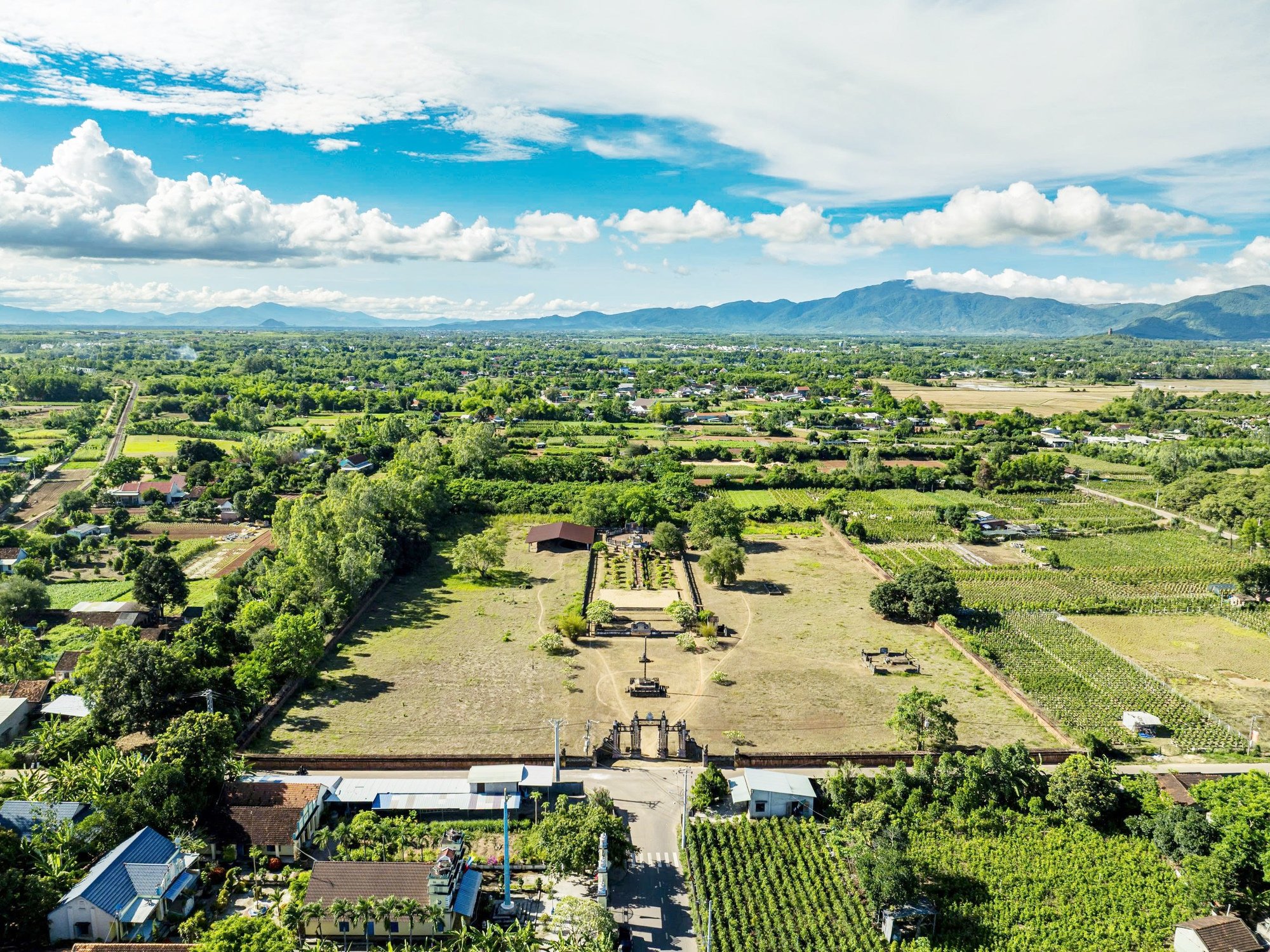
The fading beauty of Champa civilization in Do Ban citadel was the inspiration for the Ban Thanh Tu Huu group.
PHOTO: DUNG NHAN
In less than a decade (1936 - 1945), the group left behind classic poetry collections: Crazy Poetry (Han Mac Tu), Destruction (Che Lan Vien), Disorderly Well (Yen Lan), Classical Season (Quach Tan). Not only did they enrich the face of Vietnamese poetry, they also contributed to shaping a distinct "Binh Dinh poetry space".
Do Ban Citadel, a symbol of a fallen civilization, along with the stunning beauty of the Cham towers, became an endless source of inspiration for the quartet. In Han's poetry, the moon became a lifelong obsession. In Che's poetry, the silhouettes of Cham towers, Chiem women, and the sorrow of national loss became artistic images. With Yen Lan, the mystical space of Ben My Lang , of the miserable lives of Chiem women, became a unique mark. And Quach Tan, with his ancient style, kept for poetry an "ancient voice" in modern times.
Friendship lasting more than half a century
If only considering poetry, Ban Thanh Tu Huu is enough to make a difference. But what makes them special is their close friendship, considering each other as real brothers. In her memoir, Mrs. Nguyen Thi Lan recalled: "The three brothers Tan, Lan, and Che loved each other like real brothers. Occasionally, the two of them from Binh Dinh invited each other to Nha Trang to visit Tan." For Che Lan Vien's wedding, Quach Tan took care of the arrangements and convinced the bride's family; Yen Lan was in charge of the finances. That bond transcended any differences in personality or artistic concepts.
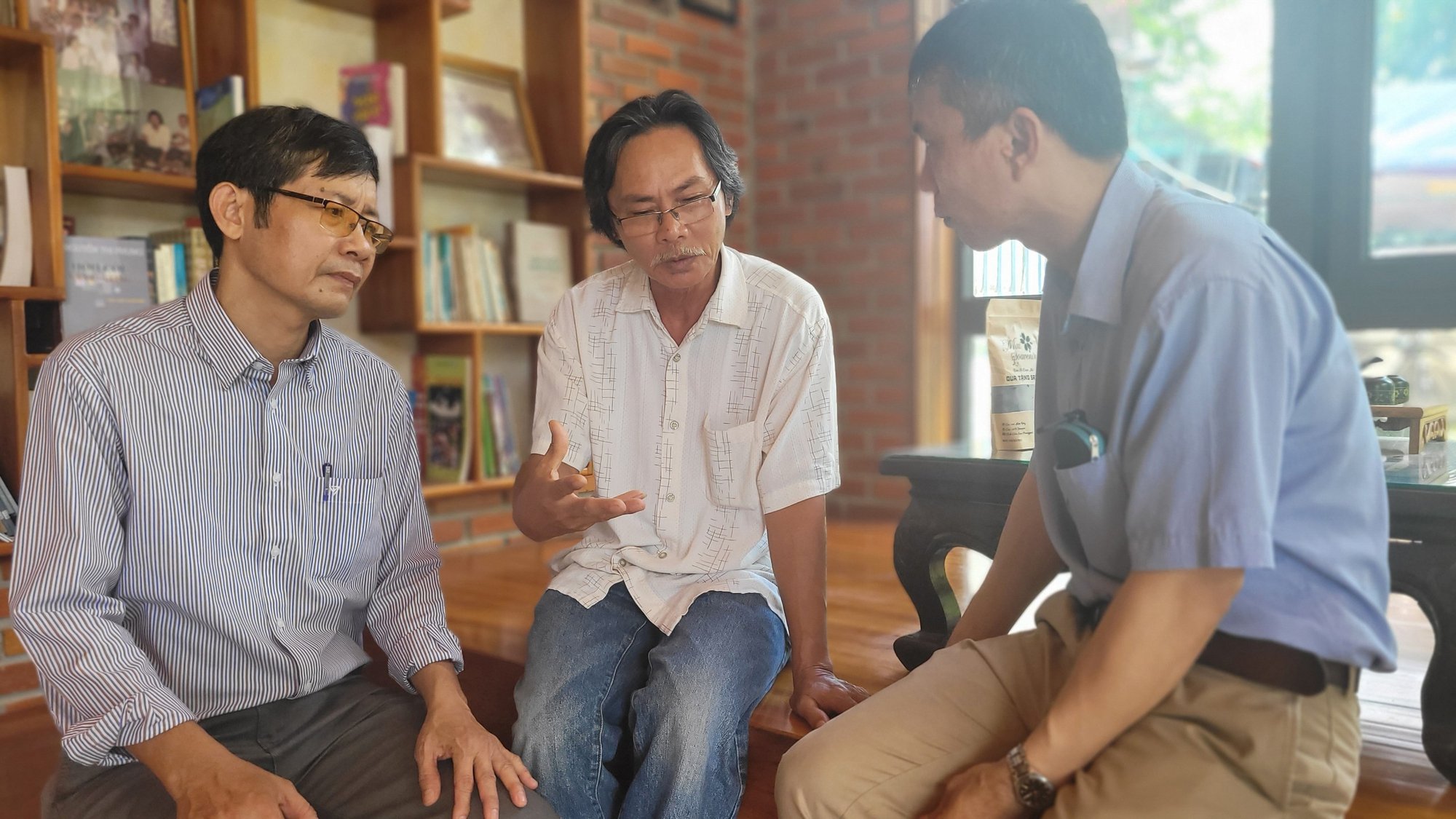
Writer Le Hoai Luong (middle) tells the story of Ban Thanh Tu Huu at the Poet Yen Lan Memorial House (An Nhon Dong Ward, Gia Lai)
PHOTO: HOANG TRONG
In his final days, Han Mac Tu entrusted his posthumous works to Quach Tan. Although the war caused many manuscripts to be lost, he still made efforts to publish his friend's poems, even transcribing them from memory. After Han passed away and was buried at Quy Hoa leper colony, it was Quach Tan and his family who brought his friend's remains to Ghenh Rang (now in Quy Nhon Nam Ward, Gia Lai). That place has now become Thi Nhan Hill, a famous cultural destination of Quy Nhon.
In 1998, before passing away, Yen Lan asked her son to take her to Ghenh Rang to visit Han's grave. In front of his friend's grave, amidst the sound of the wind and waves, he seemed to see again his passionate twenties, the moonlit nights of poetry rendezvous.
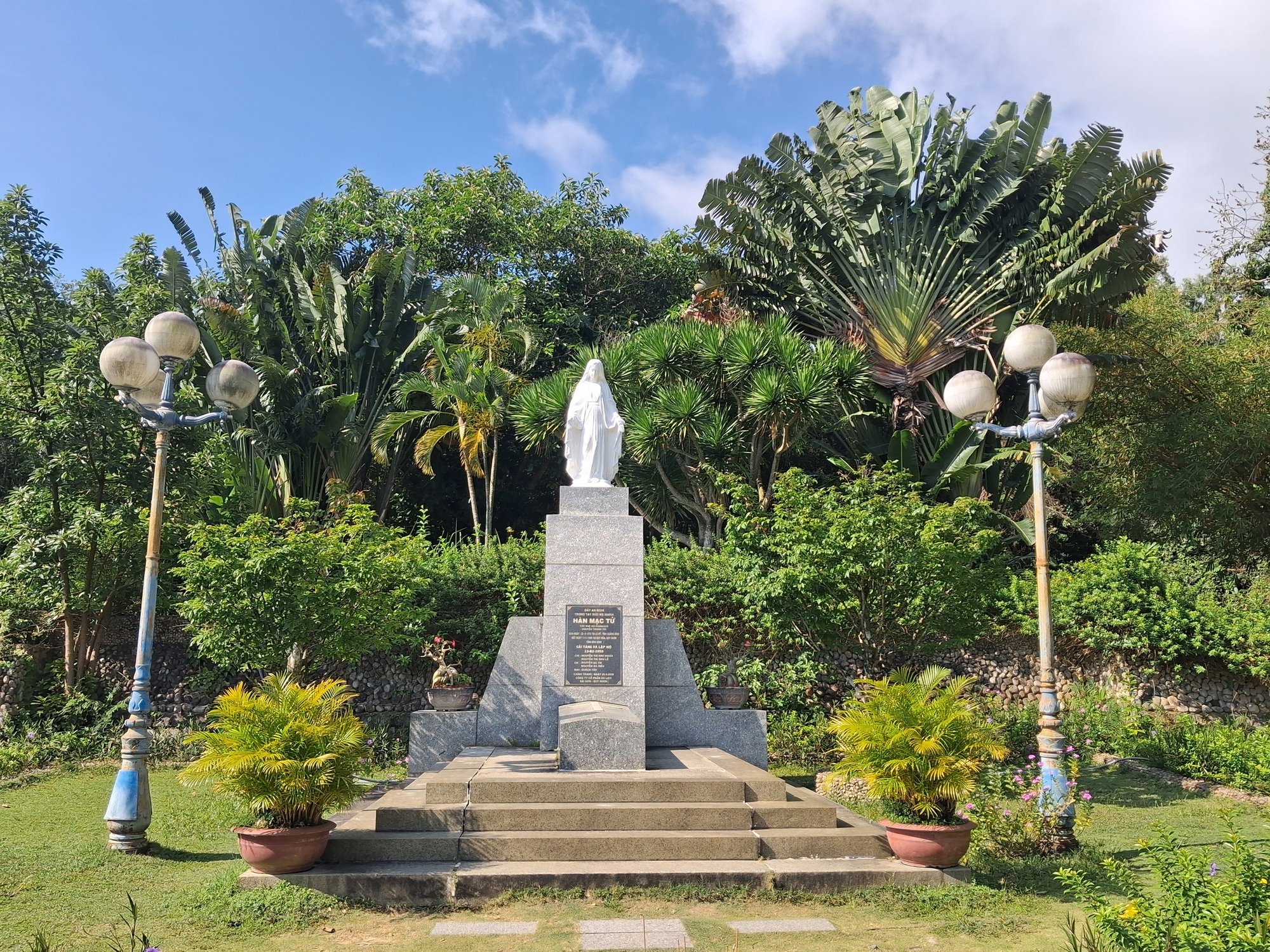
Tomb of Han Mac Tu at Thi Nhan Hill
PHOTO: HOANG TRONG
The Four Friends of Ban Thanh have passed away one by one, but their images are still present in the hearts of poetry lovers. Writer Le Hoai Luong suggested that Quy Nhon should have a street named after the Four Friends of Ban Thanh, and a memorial house should be built on Thi Nhan Hill, or further a Binh Dinh Literature Museum to honor them and other writers of many generations. That is not only a worthy tribute to the talents who left an immortal mark, but also a meeting place for future generations to return to, continuing the poetic tradition. (to be continued)
Source: https://thanhnien.vn/bong-dang-champa-trong-hon-tho-ban-thanh-tu-huu-185251023230501315.htm








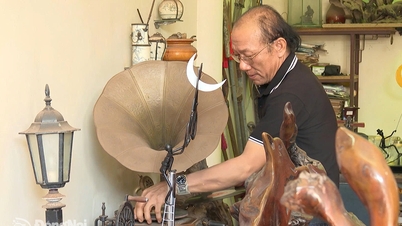

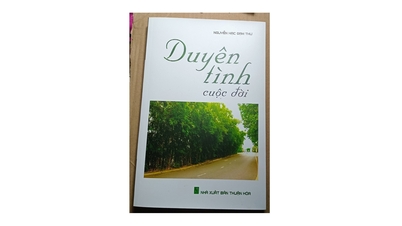


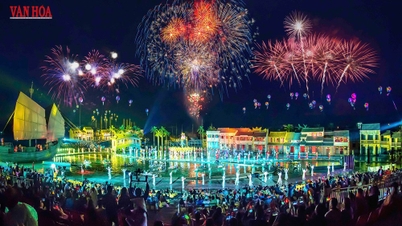

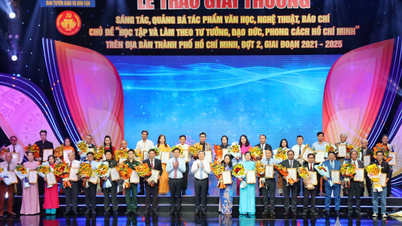






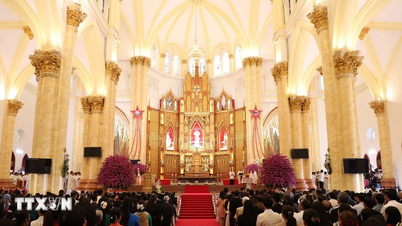
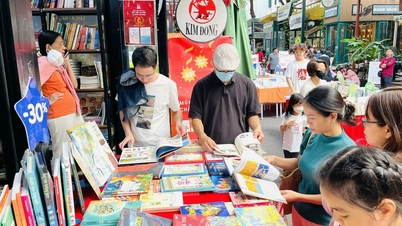
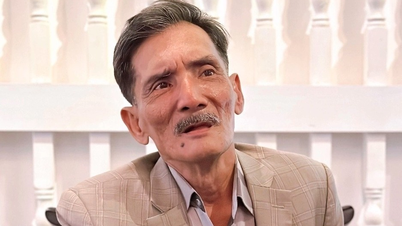











![[Photo] General Secretary To Lam receives the Director of the Academy of Public Administration and National Economy under the President of the Russian Federation](/_next/image?url=https%3A%2F%2Fvphoto.vietnam.vn%2Fthumb%2F1200x675%2Fvietnam%2Fresource%2FIMAGE%2F2025%2F12%2F08%2F1765200203892_a1-bnd-0933-4198-jpg.webp&w=3840&q=75)
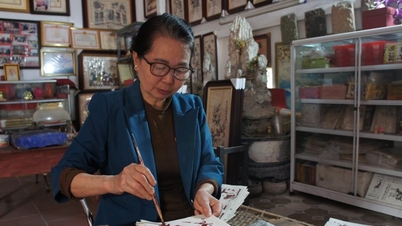

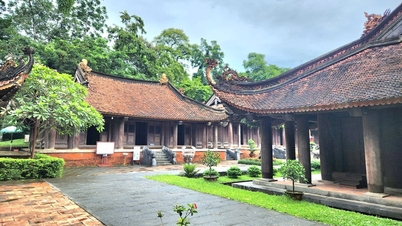
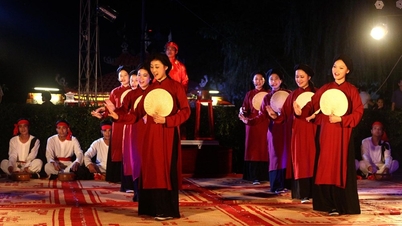
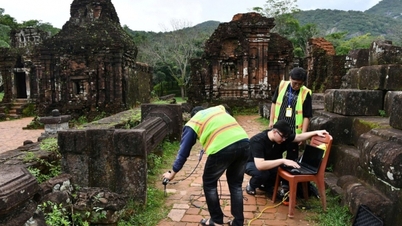

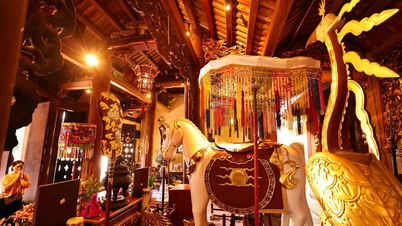






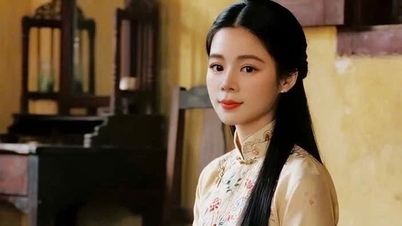

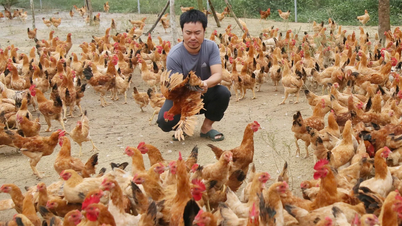



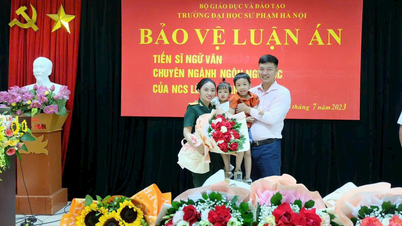






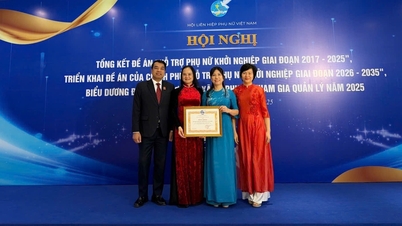


















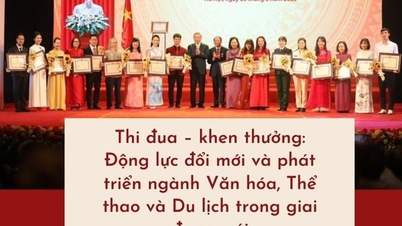





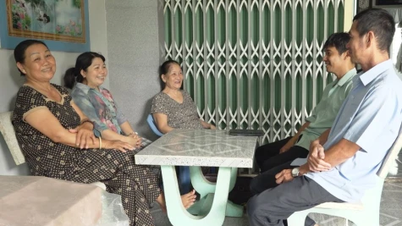

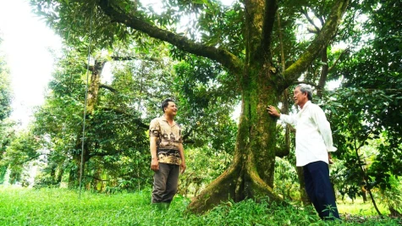


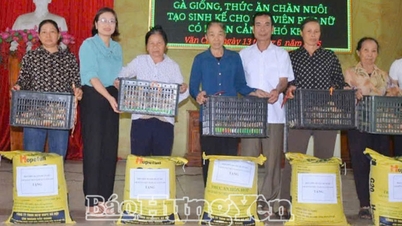

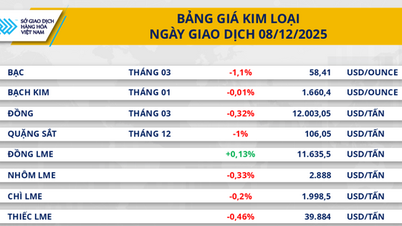




















Comment (0)